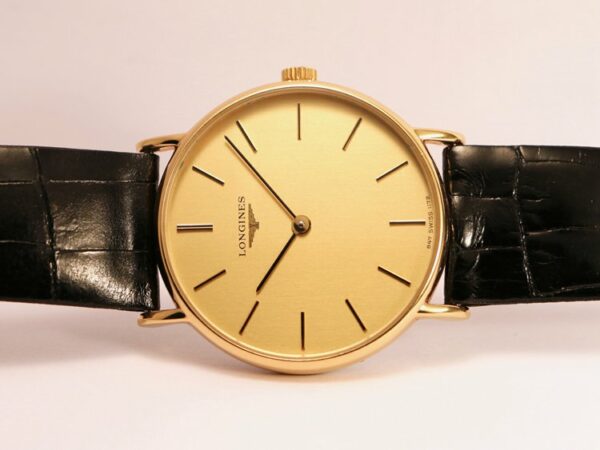Old-time clocks always seem to attract passionate collectors from all over the world. Its artistic value stands the test of time, holding a competition with modern/advanced/technical clocks. But the subject’s extent goes pretty wide to somewhat narrow, depending on your interest.
Since its invention in the 16th century, the simple item becomes an inevitable part of our life. And the overall design (style, appeal, color, or material) keeps changing to cope with the time. Checking a particular antique in your collection is sure to encourage value.
The odds of absolute classic regarding clocks remain pretty low for local collectors. And the market isn’t exactly reliable with several clocks by high-advanced marriage or reproduction. It’s essential to know the basic facts on antique clock identification for getting the actual collectibles.
Table of Contents
Checking the Manufacturer Name for Identification
Countless manufacturing companies produced antique clocks to feature distinctive outlooks. It concerns multiple companies from the USA, Europe, Asia & South America.
You better look into the clock specs to figure out the company/manufacturer name. Many American manufacturers from the 19th century engraved the brand on the timepiece.
Outside the USA, you may detect only initials or symbols to represent the company. Finding information on the retailer or manufacturer can directly justify an antique’s identification.
Current Antique Clock Types on Demand
You’re to encounter a countless style of clocks for the modern-time models. And the range keeps getting broad with classic ones without any limit. However, experts manage to categorize the popular trends into several sections. You ought to know the differences, specialty & characteristics of individual type.
24-Hour – The name also goes for military, astronomical, continental & railway time. It refers to a single-day clock to operate from one midnight to the next midnight. And the featured number continued from 0 to 23.
Advertising – The design resembles a promotional timepiece to advertise something. It can appear in a wide variety of designs to check the product/event requirements. Elaborate details feature carved wooden outlook.
Alarm – The primary mechanism is believed to get developed by ancient Greeks around 250BC. However, it’s one of the first types to get introduced in Europe. But chances to find a valid 15th/16th-century piece remains nil.
Anniversary – The type features a continuous 400-day runtime to cover an entire year. And it eliminated the necessity of regular winding. Vintage ones came into play in the 17th century to observe improvements in the 18th century.
Art Deco – The design features an integrated mimic of famous architectural structures. It influenced many clockmakers in the early 1920s & 1930s. The French & the Swiss remained at the forefront of its movement.
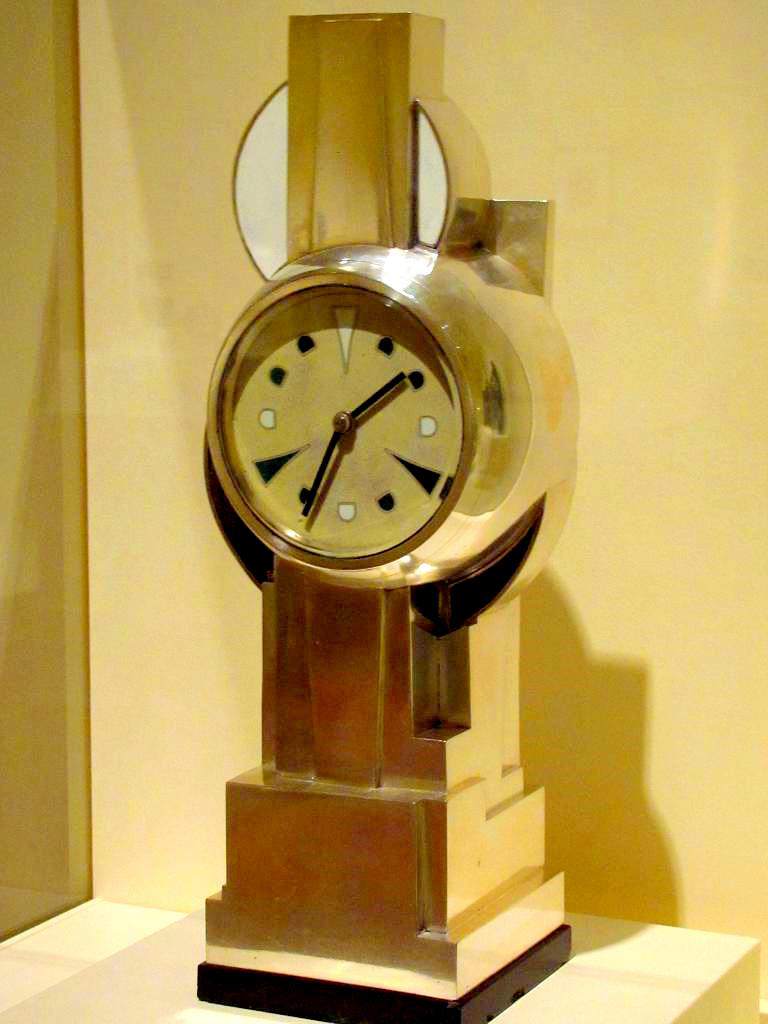
Atmos – The mechanism utilized changes in atmospheric pressure & temperature. It skips winding, human intervention & defective intrusion. The scientific invention helps many sectors to maintain appropriate time.
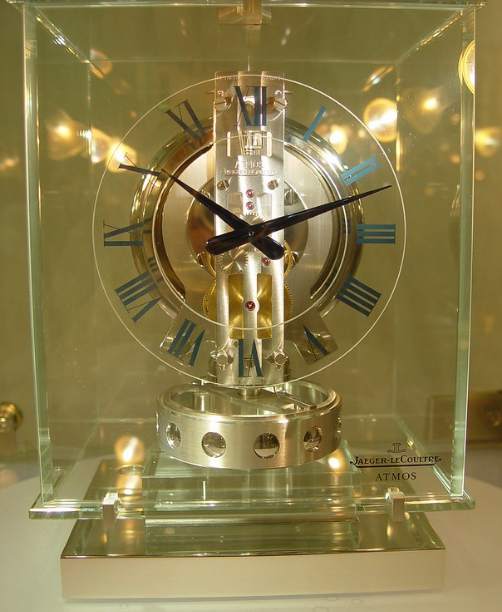
Banjo – The appearance resembles a banjo, hence the name. Simon Willard invented the clock in 1802 to define improvement & patent. Despite many other varieties in the market, original Willard clocks hold collectibles.
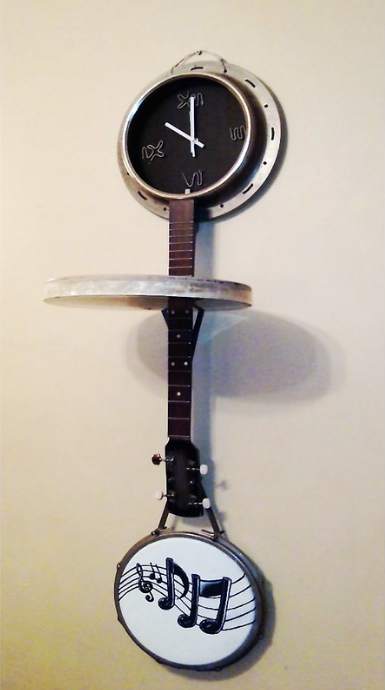
Bracket – The clock seems a large-sized table clock to get mounted on a wall. Not to mention, it required a decorative shelf to remain on display. Several early models integrate pendulums to encourage the overall aesthetics.
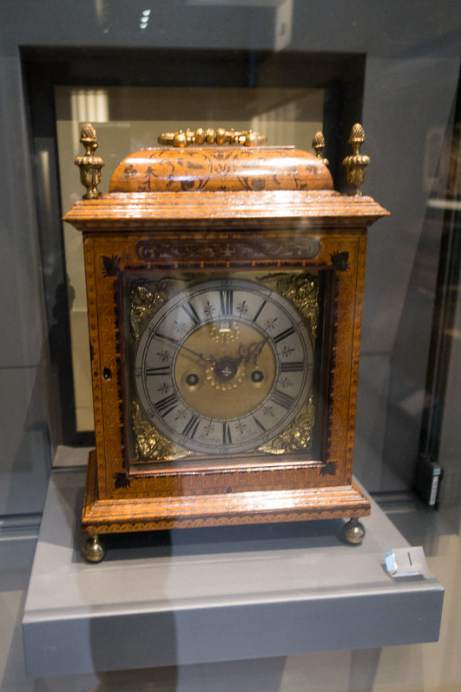
Carriage – The design is indeed an early prototype of modern-day small-scale clocks. Likewise, the working mechanism remains pretty different. Included handle on the exterior side allows the user to carry it almost anywhere.
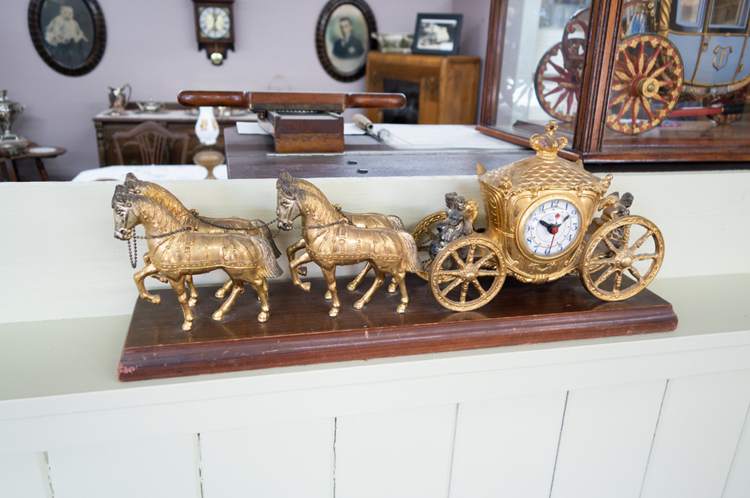
Cuckoo – The most well-known types of antique clocks feature an alarming cuckoo. Thanks to many cartoons, almost everybody knows the type. German originated designs attended much popularity in the 1800s.
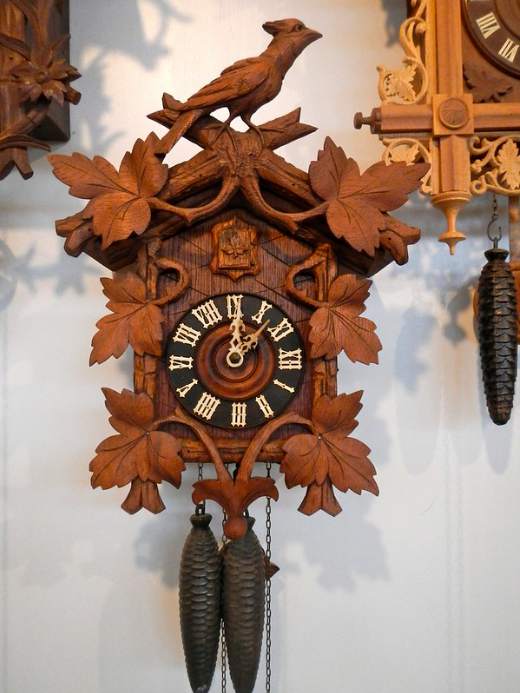
Grandfather – The structure rests directly on the floor, featuring tall-case/short-case type. Its weight-driven pendulum required a weekly/daily winding. The mid-17th century clocks also appeared in the dwarf or grandma version.
Lantern – The very first clock to feature brass to adorn household preferences. It concerned the early improvements of regular clocks to meet the requirements. However, nobody could confirm its resemblance to a lantern.
Lighthouse – The lighthouse shape integrates a tapered cylindrical pedestal to showcase a dome glass. It received the credits of being the first American clock. Early models feature top-mounted alarms with additional highlights.
Kitchen – The inexpensive type made its way to low & middle-class families. The American shelf-style design underwent mass production in the 19th century. It served meal prepping time with additional kitchen décor.
Marine Chronometer – The 18th-century clock is credited for its absolute assistance in the sea. It also went by the name of ship/sea/nautical clock. John Harrison spent 31 years on its research to produce the first model.
Retro – The 50’s, 60’s & 70’s observed unusual yet trendy changes in the clock design. Retro designs enable the users to add further decorative touches. Almost every major clock type had to check for modifications for decades.
Skeleton – The internal clock moves remained in display to emphasize the beauty. The 18th & 19th-century preference established itself as a decorative item. However, it required protective coverage to hold the exposed parts.
Tavern – The large-sized, plain-style clocks were particularly used in inns & taverns. Of course, you’re to look into many varieties to have one in your collection. Its design held the attention to avoid war taxes on regular clocks.
Wall – The most well-known household clock indeed holds a long history from the 16th century. It’s the obvious type to fit regular home applications. And you can find almost any type to coincide with its probable design.
Still, there are many designs available with distinctive names. Knowing the types is the most elaborate yet essential step to make the identification. And you can’t expect any good investment without matching other details with the type.
National Association of Watch & Clock Collectors
Why don’t you try to save time with existing valid information on antique clocks? In fact, the National Association of Watch & Clock Collectors sorted many things to help you out. The coverage includes –
- Multiple informative articles on clocks.
- Trademarks as well as identification marks.
- British hallmarks along with silver marks.
- Identification services on necessary calls.
- Exclusive antique clockmaker’s database.
It’s a great resource to shape up your skill in identifying antique clocks with minimal hassle. Likewise, the process will take time from your side to navigate everything necessary for a successful auction bid.
Additional Tips on Antique Clock Identification
There are key considerations to decide on antique clock identification by yourself. Not to mention, you must initiate detailed research on the subject for confirmation. However, the fundamental points should continue as –
- Particular clock type (style, material, shape & function).
- Quality of the clock glass with/without stencils or style.
- Striking movement category (bell, chime rod, or gong).
- Engraved serial number on the clock’s material surface.
- Glued label on the surface without any company name.
- Look for anything to provide a clue on the clock origin.
Tricky Facts to Avoid Confusion on Clock Identification
More than 500 years of history holds many diversifications & changes. And the history remains denoted with some peculiar facts worth noticing.
- American-shelf clocks typically featured wooden movements until the 1820s.
- Antique wall regulator clocks were first introduced in the late 18th
- Each imported clock into the USA must clearly engrave the country of origin.
- Standard plywood design made its way to the clock material only in 1905.
- Adamantine veneer was preferred to look like wood grain, slate & marble.
Using Accessible Online Antique Clock Resources
There are many resources to deal with antique clock identification using different methods. Even direct services on identification are available with some resources.
Coverage must coincide with available valid photographs, in-depth descriptions & a certain database.
However, not every resource remains dependable for checking a particular clock type or style. You must look into the website or blog reliability to check its content.
Meanwhile, the popular subject manages to hold a number of resourceful books for assistance. It’s entirely possible to match the trademark using the books.
- The Clock and Watch Trademark Index – European Origin: Austria – England – France – Germany – Switzerland – Karl Kochmann
- Old Clocks and Watches and their Makers – J. Britten
- Dictionary of American Clock and Watch Makers – Kenneth A. Sposato
- Chronometer Makers of the World – Mercer
- Watchmakers and Clockmakers of the World – G. H. Baille
Karl’s book holds the most informative collections on antique clocks. Also, checking other books can enlighten your mind with many negligible yet useful facts. You’re to try the options for exploring information on valuable antique clocks.
Conclusion
You may think of dating the structure for confirmation of its antique value. But it requires an additional charge on carbon dating or proper valuation. However, keeping certain facts in mind can surely simplify things for ordinary collectors.
Insightful comprehension of the subject can let you avoid erroneous purchases. We’re likely to skip many slight points to save time, as we don’t have any preference. But you shouldn’t skip the points to figure out the most beneficial collectibles.
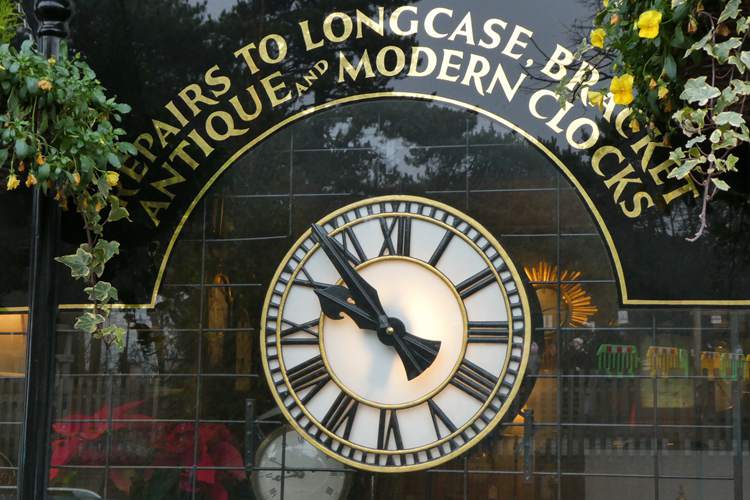
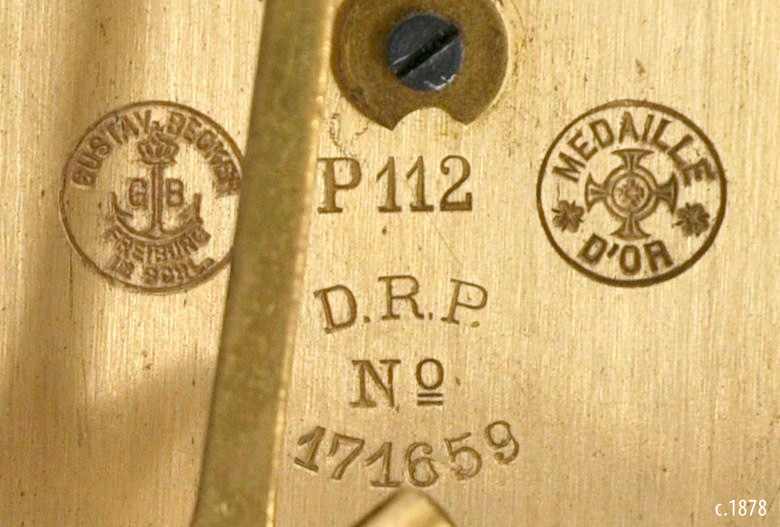
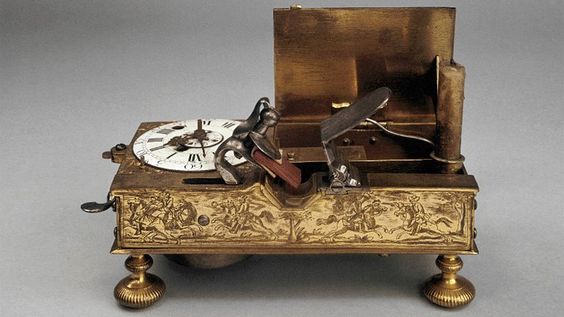
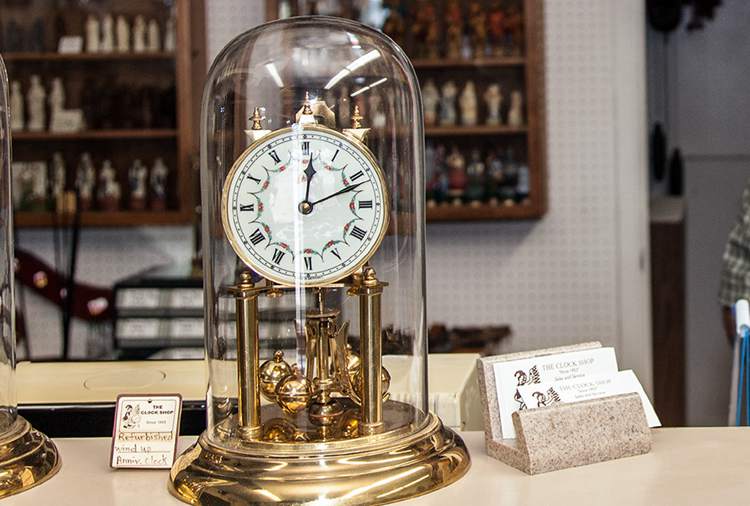
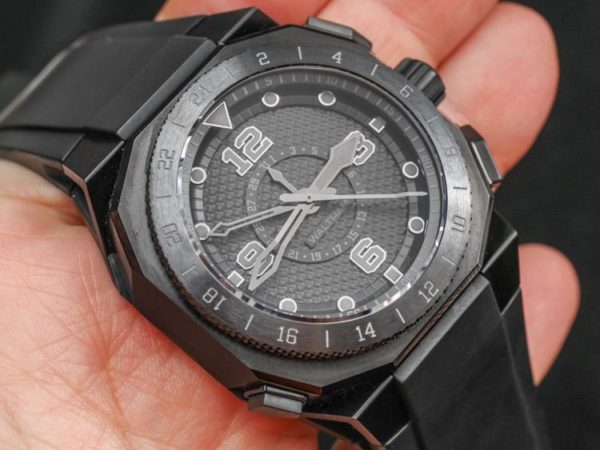
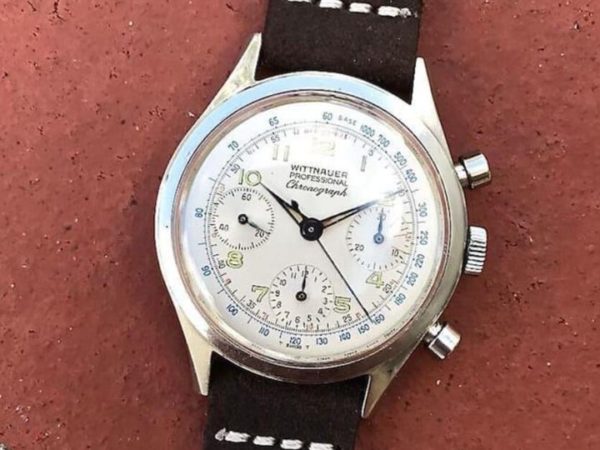
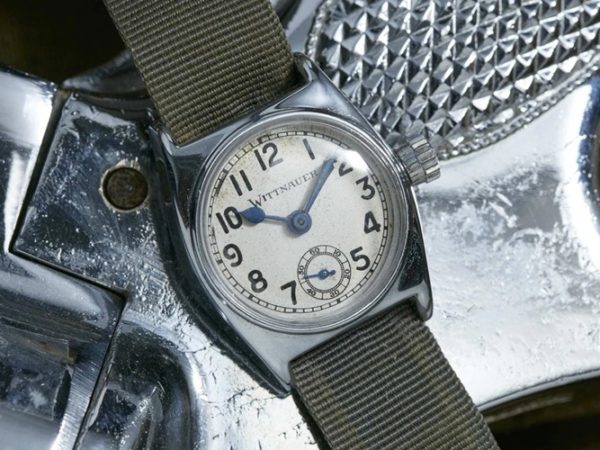
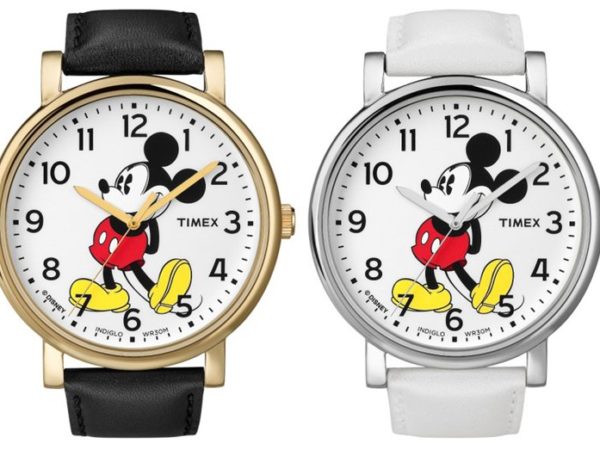
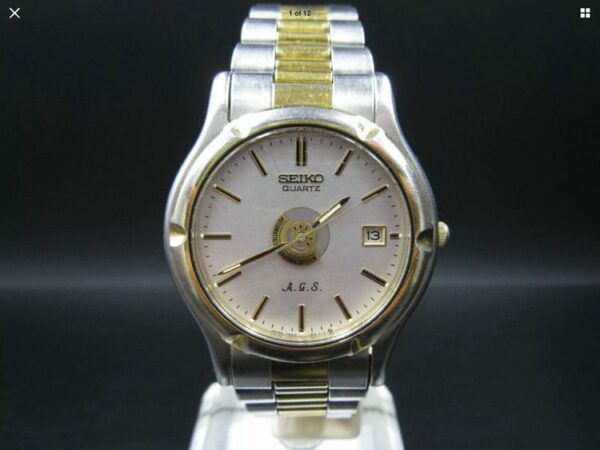
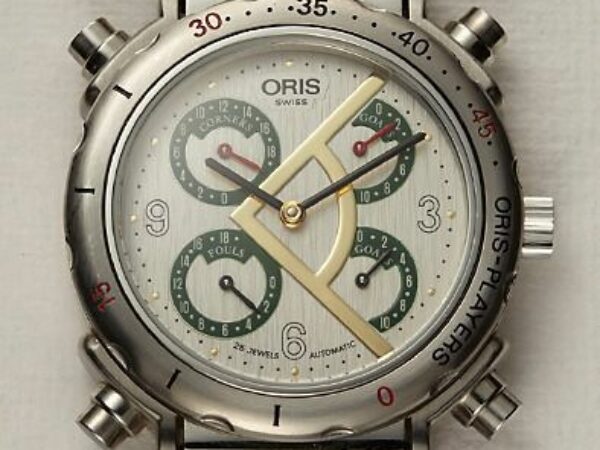
![Vintage Mickey Mouse Watch Guide [Dating & Values]](https://www.txantiquemall.com/wp-content/uploads/2022/02/Lorus-Mickey-Watches-600x450.jpg)
